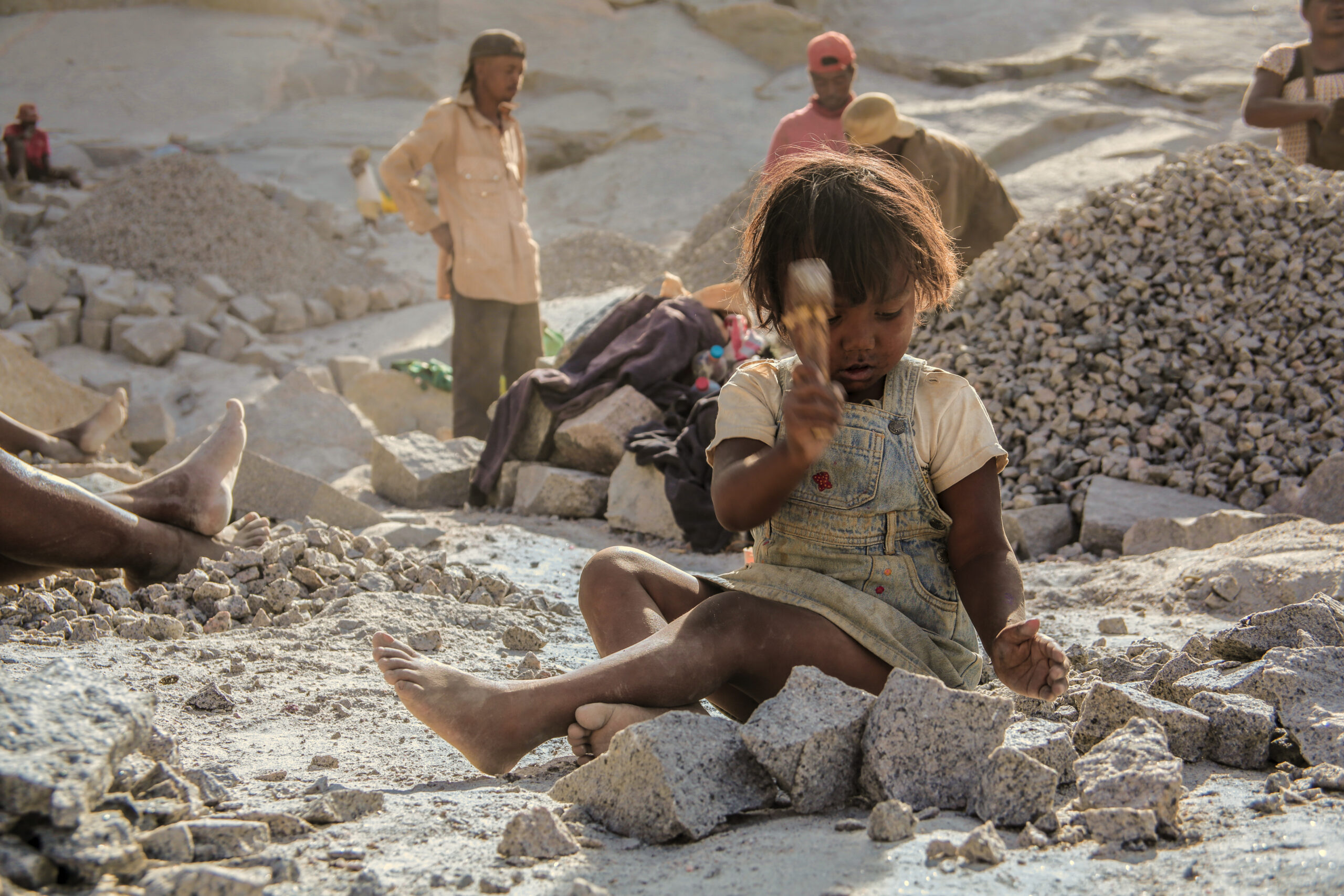
World day against child labor
The right to a healthy, happy, and secure childhood
Celebrated every year on June 12th, the World Day Against Child Labor aims to draw attention to the terrible and distressing plight of children who are abusively forced to work. This day was established in 2002 at the initiative of the International Labour Organization (ILO).
A global scourge
Child labor remains a persistent global problem affecting millions of children. Despite international efforts to eradicate this phenomenon, many children continue to be exploited in various sectors, ranging from agriculture and mining to the textile industry.
Some Numbers…
According to data from the ILO published in its document “ILO Action Plan on Child Labor 2023-2025”:
– 160 million children (nearly one in ten worldwide) are forced to work, an increase of 8.4 million since 2016;
– 79 million children perform hazardous work;
– 70 percent work in the agricultural sector, mostly on family farms;
– 1 in 4 children in Sub-Saharan Africa is subjected to child labor;
– Children aged 5 to 11 are the most numerous among those forced to work;
– Child domestic labor, as a form of child labor, remains hidden from public view and poses a particular risk of exploitation for girls.
Multifaceted causes
Population growth in certain areas, recurring crises, extreme poverty, and inadequate social protection measures force millions of children into work that can harm their health, safety, or moral development.
Poverty is one of the main causes of child labor. In many families, children are forced to work to contribute to family income.
The lack of access to quality education is also a determining factor. Without education, children often have no choice but to enter the workforce to survive.
Traditions and beliefs can play a crucial role in perpetuating this practice. Children, especially girls, are often victims of discrimination and are more likely to be sent to work instead of going to school.
Impact on health and development
These children often work in very dangerous conditions, which have devastating consequences on their physical and mental health: severe injuries, chronic illnesses, and, in extreme cases, death.
Child workers are also deprived of the education and personal development necessary to become fulfilled adults.
Child labor helps perpetuate the cycle of poverty. Without access to education, these children have few opportunities to improve their economic situation in adulthood. Thus, they remain trapped in poverty, just like previous generations, and risk reproducing this model with their own children.
Solutions to eradicate child labor
Child labor is a complex problem that requires a multidimensional approach to be resolved.
To effectively combat child labor, it is essential to strengthen existing laws and ensure their strict enforcement by establishing rigorous monitoring systems.
Social and economic policies must also be adopted to support families in difficulty and reduce the necessity for children to work.
Governments and non-governmental organizations must collaborate to provide free and quality education to children, train teachers, and raise parental awareness of the importance of education.
Public awareness is also crucial to change attitudes and mindsets toward child labor.
The issue of child labor remains extremely concerning and worrisome today. It is urgent to address it by strengthening laws, improving access to education, and supporting families. It is imperative that every child has the opportunity to live a healthy, happy, and secure childhood.
